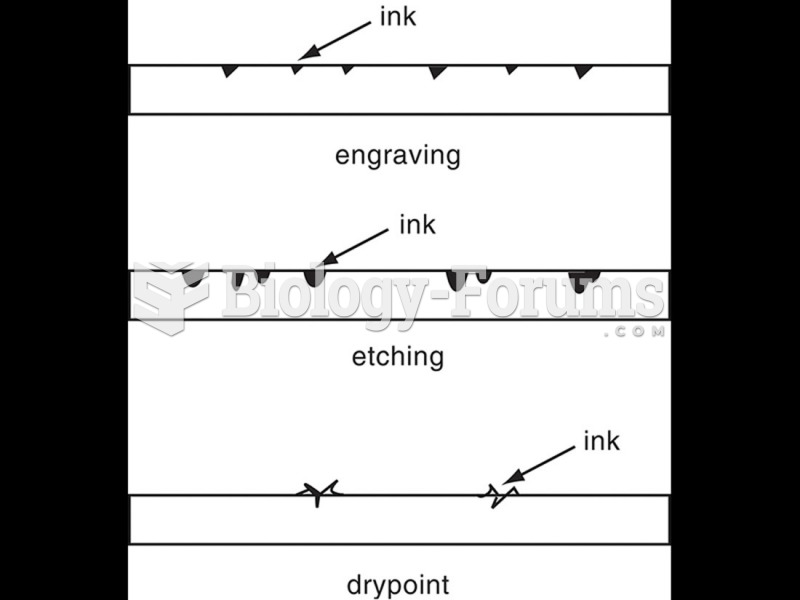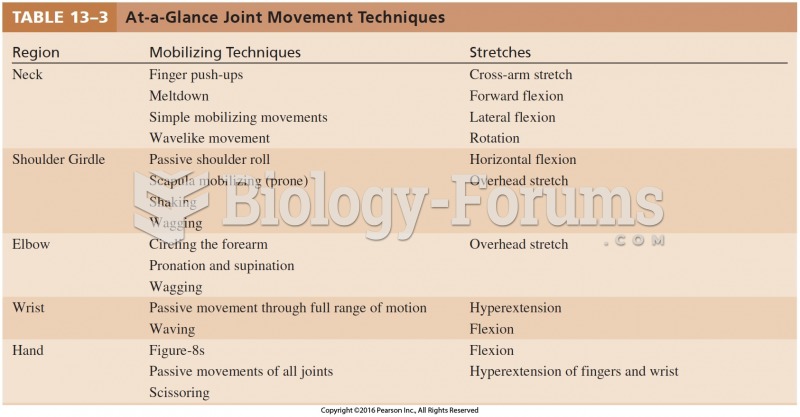|
|
|
Most childhood vaccines are 90–99% effective in preventing disease. Side effects are rarely serious.
Barbituric acid, the base material of barbiturates, was first synthesized in 1863 by Adolph von Bayer. His company later went on to synthesize aspirin for the first time, and Bayer aspirin is still a popular brand today.
The Centers for Disease Control and Prevention (CDC) was originally known as the Communicable Disease Center, which was formed to fight malaria. It was originally headquartered in Atlanta, Georgia, since the Southern states faced the worst threat from malaria.
Human stomach acid is strong enough to dissolve small pieces of metal such as razor blades or staples.
Approximately 25% of all reported medication errors result from some kind of name confusion.







